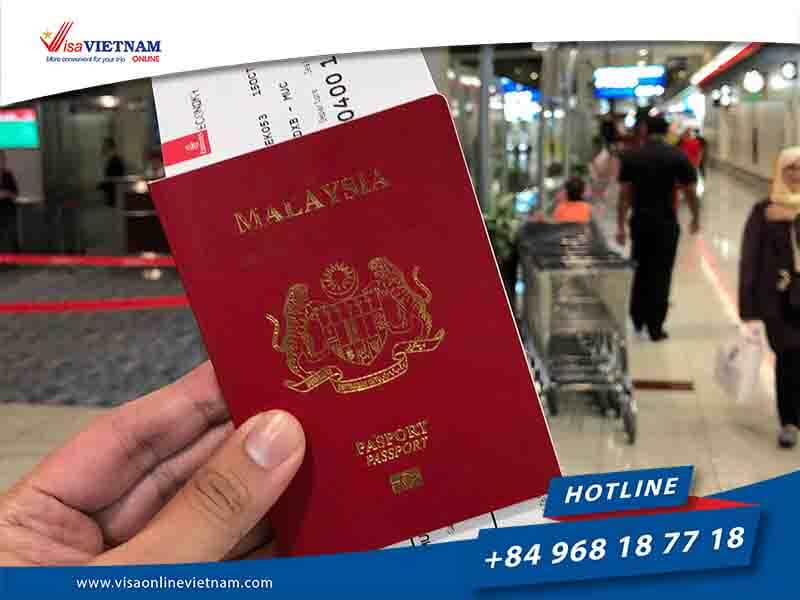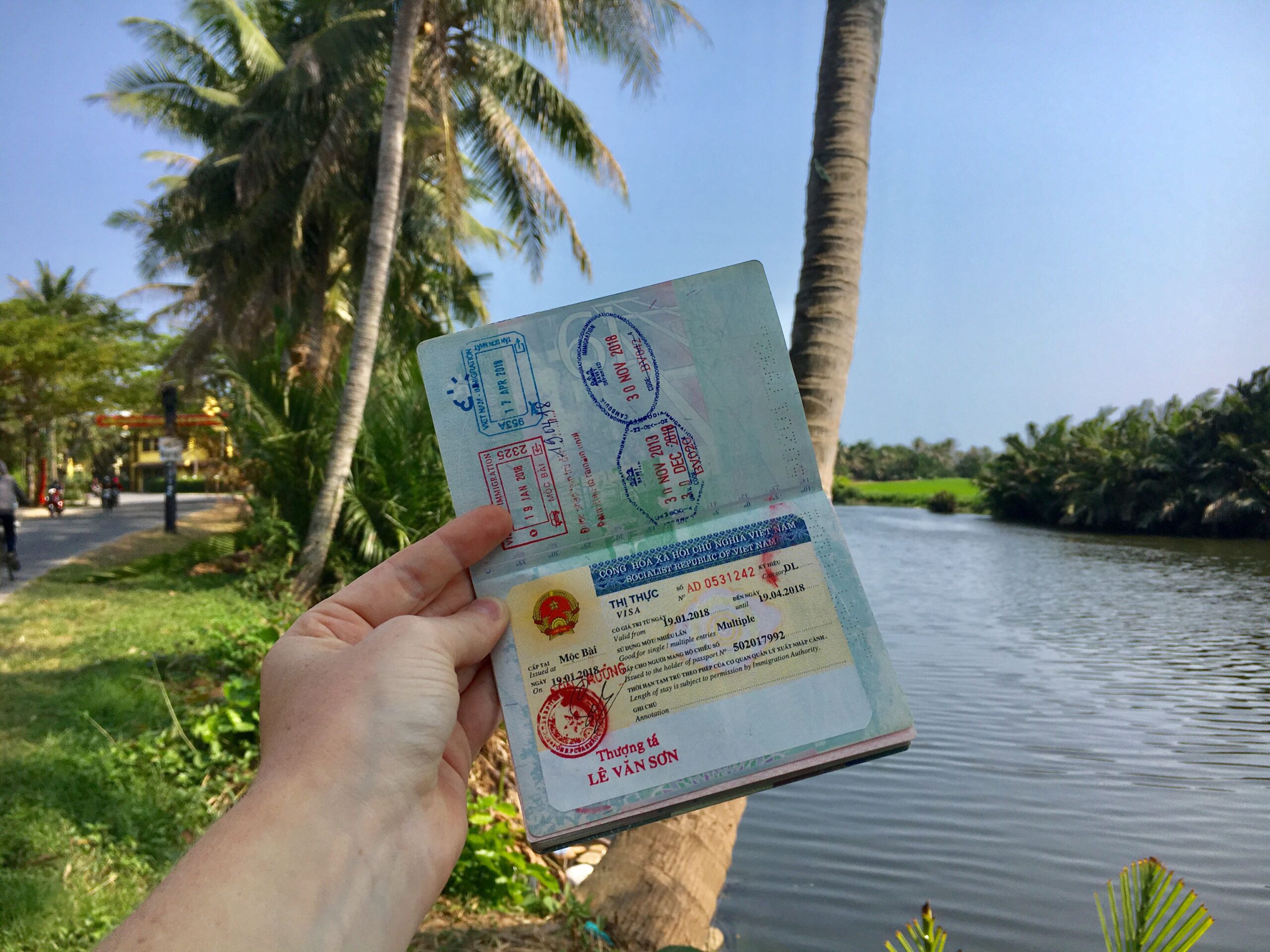Traveling to Vietnam can be an exciting and rewarding experience. From the bustling cities to the serene countryside, Vietnam offers something for everyone. In this article, we will provide a comprehensive guide to traveling to Vietnam, including tips on what to see, where to stay, and how to prepare for your trip.
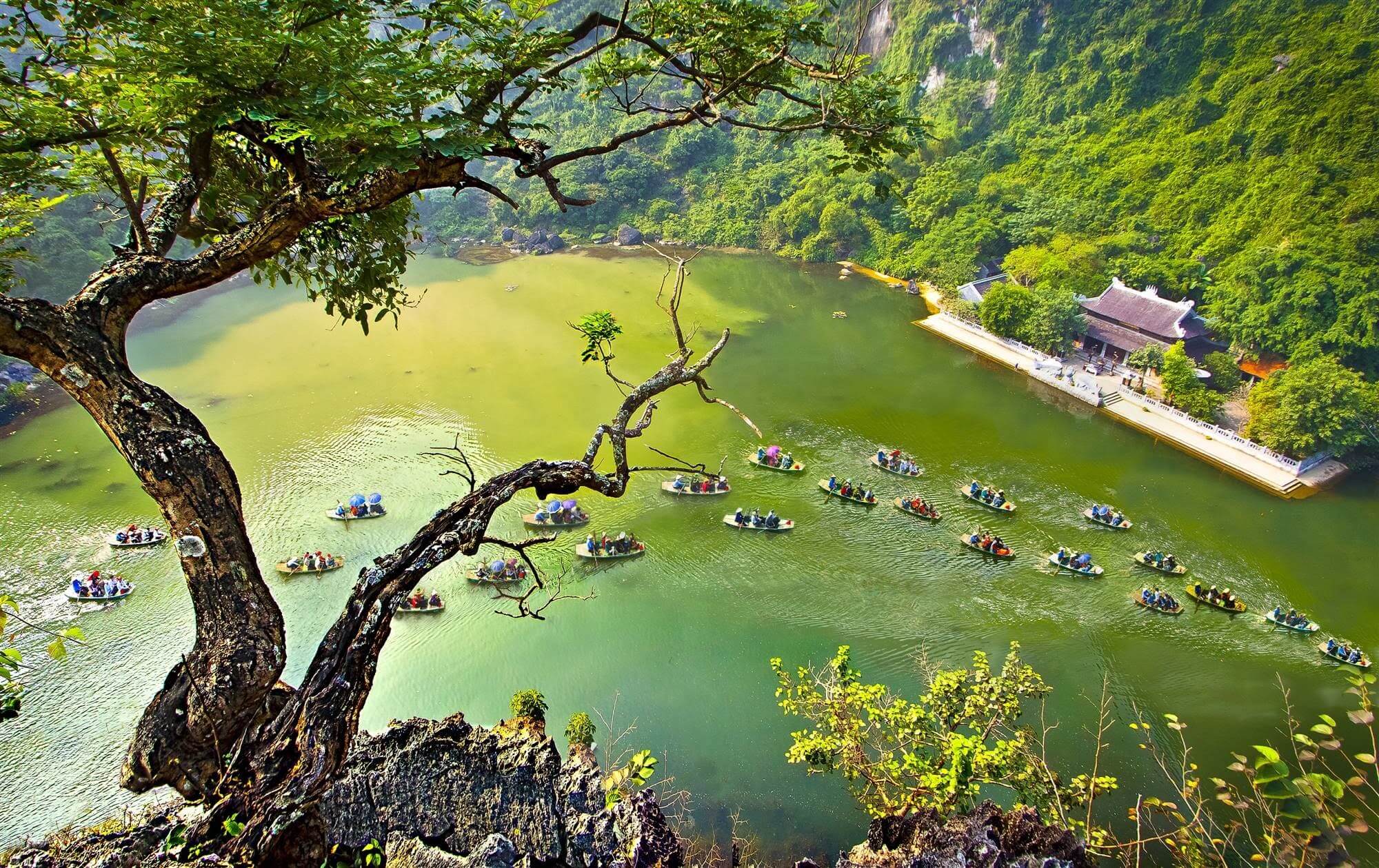
Getting There
Flights to Vietnam
The quickest and most convenient way to get to Vietnam is by air. International flights arrive at one of the following airports:
- Noi Bai International Airport (Hanoi)
- Tan Son Nhat International Airport (Ho Chi Minh City)
- Da Nang International Airport (Da Nang)
Many airlines fly to Vietnam, including:
- Vietnam Airlines
- Emirates
- Air Asia
- Cathay Pacific
- Singapore Airlines
Visa Requirements
Before you travel to Vietnam, it’s important to check the visa requirements for your country of origin. Some countries are exempt from obtaining a visa, while others may require a visa on arrival or a pre-approved visa. You can check the visa requirements on the official website of the Vietnam Embassy in your country.
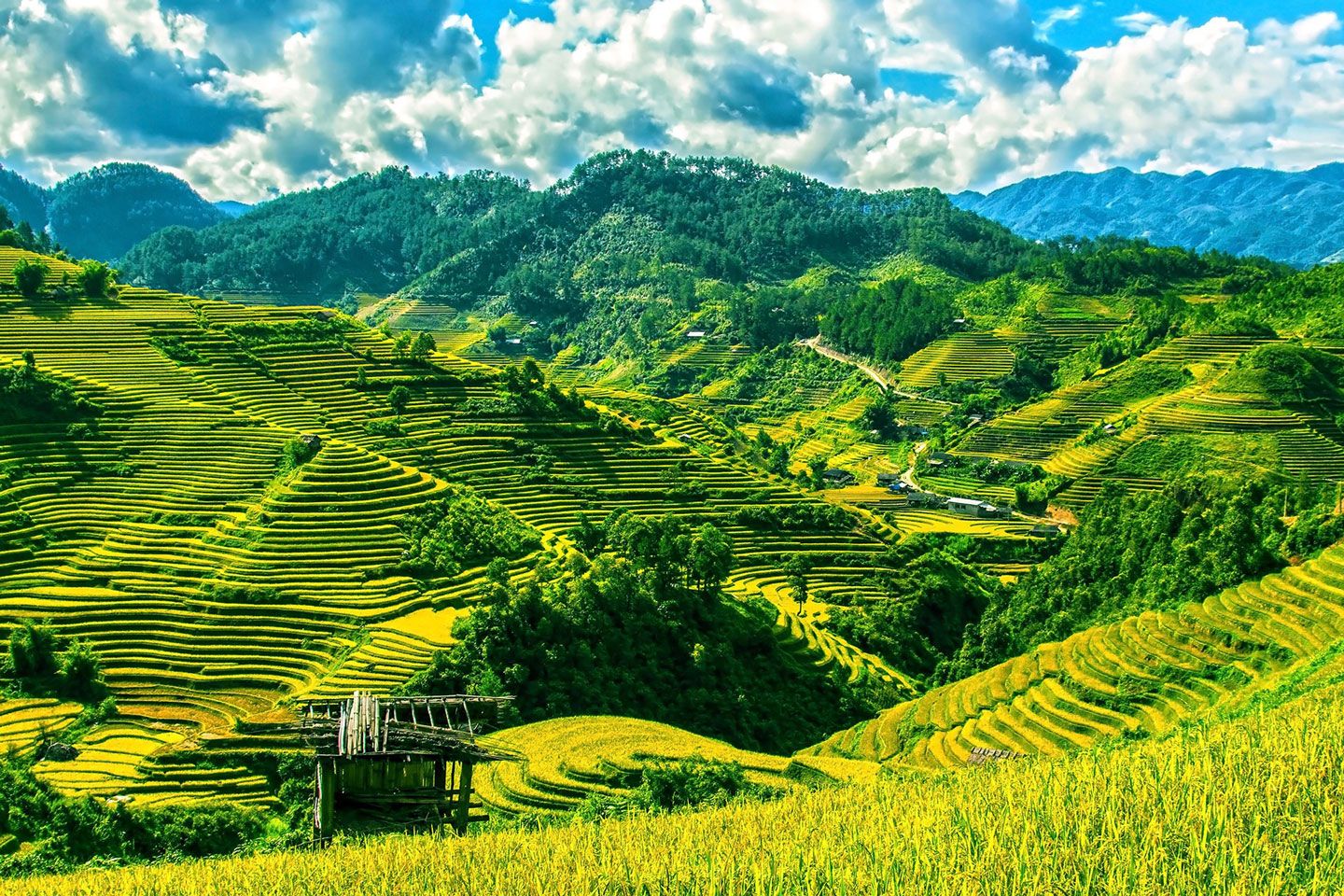
When to Go
Weather
Vietnam has a tropical climate, with variations in temperature and rainfall depending on the region. Generally, the best time to visit Vietnam is from November to April, when the weather is dry and cool. May to October is considered the rainy season, with high humidity and occasional typhoons.
Festivals and Events
Vietnam has a rich cultural heritage, and there are many festivals and events throughout the year that are worth seeing. Some of the most popular festivals include:
- Tet Nguyen Dan (Lunar New Year)
- Mid-Autumn Festival
- Hue Festival
- Hoi An Lantern Festival
Where to Go
Hanoi
As the capital city of Vietnam, Hanoi is a must-visit destination for many travelers. Some of the top attractions in Hanoi include:
- Ho Chi Minh Mausoleum
- Temple of Literature
- Old Quarter
- Hoan Kiem Lake
Ho Chi Minh City
Formerly known as Saigon, Ho Chi Minh City is the largest city in Vietnam and a bustling metropolis. Some of the top attractions in Ho Chi Minh City include:
- Cu Chi Tunnels
- War Remnants Museum
- Ben Thanh Market
- Bitexco Financial Tower
Ha Long Bay
Ha Long Bay is a UNESCO World Heritage Site and one of the most popular tourist destinations in Vietnam. It’s famous for its stunning limestone cliffs and emerald waters. Some of the top activities in Ha Long Bay include:
- Taking a cruise
- Kayaking
- Visiting floating villages
- Exploring caves
Hoi An
Hoi An is a charming ancient town that has been preserved through the centuries. Some of the top attractions in Hoi An include:
- Ancient Town
- Japanese Bridge
- My Son Sanctuary
- Tra Que Vegetable Village
What to Eat
Vietnamese cuisine is known for its fresh ingredients, bold flavors, and balanced use of herbs and spices. Some of the must-try dishes in Vietnam include:
- Pho (noodle soup)
- Banh mi (Vietnamese sandwich)
- Bun cha (grilled pork with noodles)
- Goi cuon (spring rolls)
Where to Stay
Vietnam has a wide range of accommodation options, from budget hostels to luxury resorts. Some of the top hotels in Vietnam include:
- Sofitel Legend Metropole Hanoi
- Park Hyatt Saigon
- La Residence Hotel Spa Hue
- Amanoi Resort Nha Tran
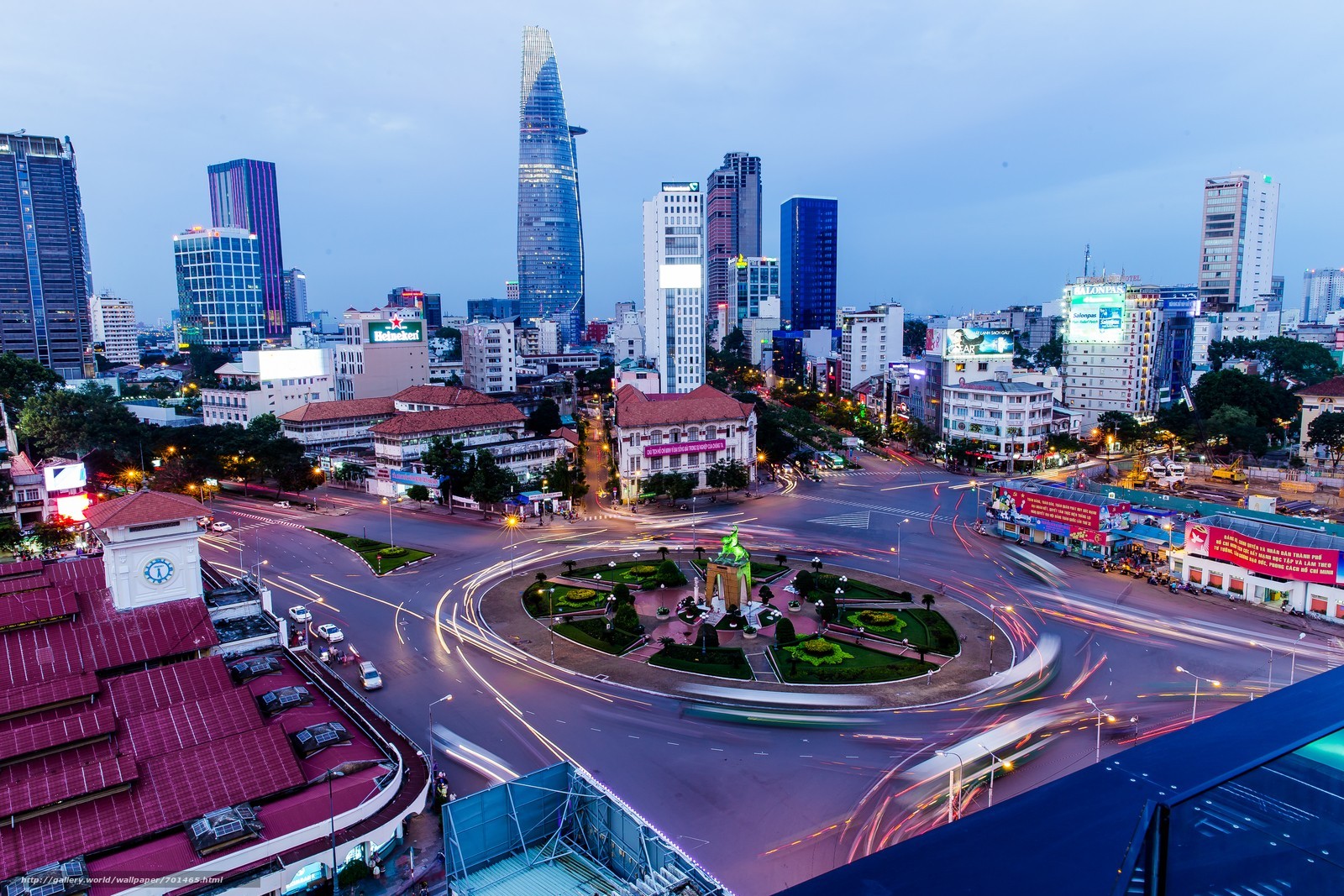
Safety Tips
Vietnam is a safe country to travel to, but it’s always important to take precautions when traveling. Some safety tips for traveling to Vietnam include:
- Avoid carrying large amounts of cash
- Be cautious of pickpockets in crowded areas
- Use reputable taxi companies
- Wear a helmet if riding a motorcycle
Conclusion
Vietnam is a fascinating and diverse country that offers something for everyone. From the bustling cities to the serene countryside, there are endless opportunities for exploration and discovery. With this comprehensive guide, we hope you feel prepared and excited for your trip to Vietnam.
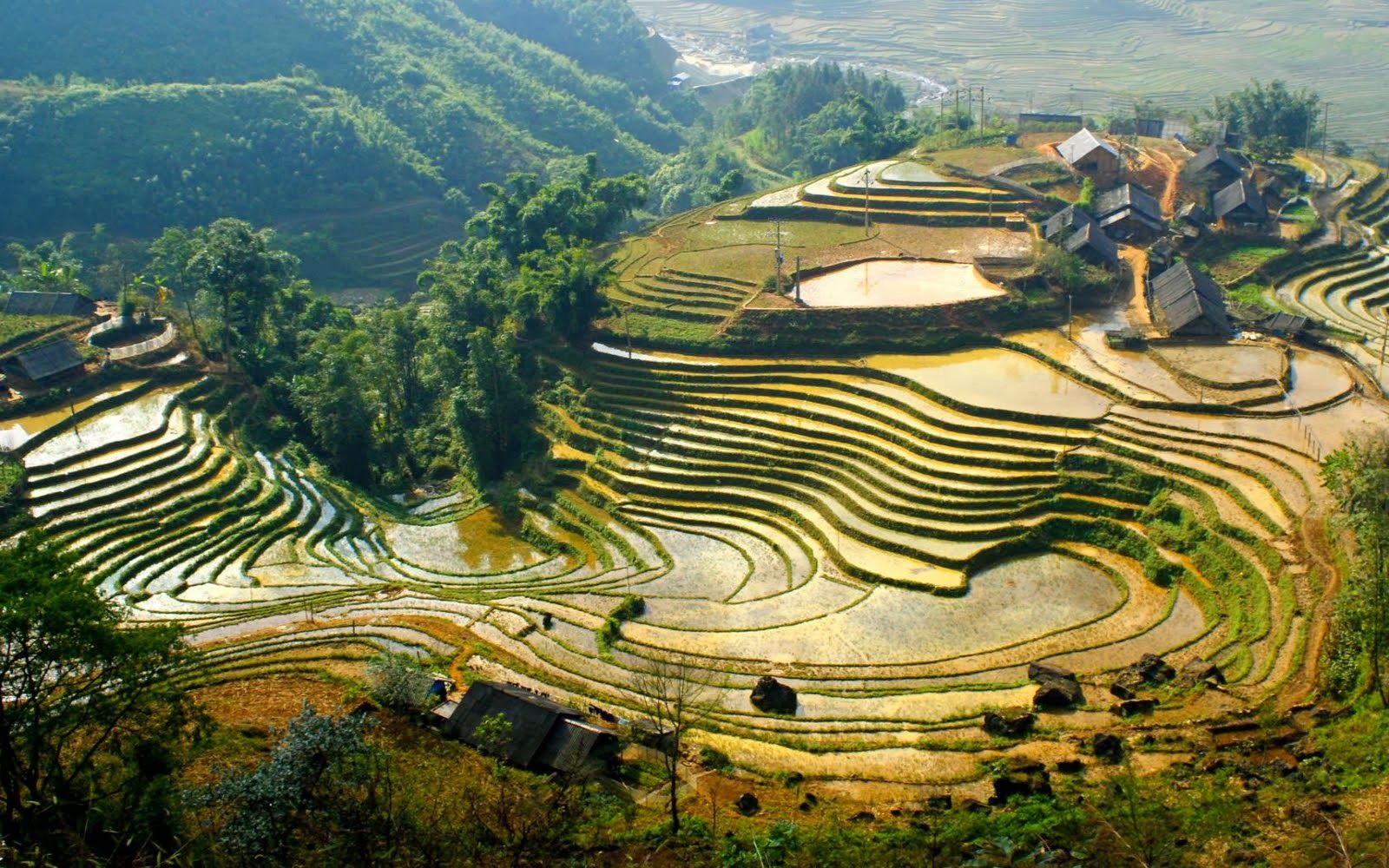
FAQs
1. Is it safe to travel to Vietnam?
Vietnam is generally a safe country to travel to. However, travelers should take common-sense precautions to ensure their safety.
2. What is the best time of year to visit Vietnam?
The best time to visit Vietnam is from November to April, when the weather is dry and cool.
3. Do I need a visa to travel to Vietnam?
It depends on your country of origin. Some countries are exempt from obtaining a visa, while others may require a visa on arrival or a pre-approved visa.
4. What is thecurrency in Vietnam?
The currency in Vietnam is the Vietnamese Dong (VND).
5. What are some popular souvenirs to buy in Vietnam?
Some popular souvenirs to buy in Vietnam include:
- Ao Dai (traditional Vietnamese dress)
- Lacquerware
- Silk products
- Handicrafts such as pottery and wood carvings- Conical hats (non la)
- Coffee and tea
- Local snacks and treats
Travelers can find these souvenirs at markets and shops throughout Vietnam, including the Old Quarter in Hanoi and the Night Market in Ho Chi Minh City. When buying souvenirs, it’s important to bargain with the vendors to get a fair price.## Stop Article
In conclusion, traveling to Vietnam can be an enriching and unforgettable experience. From the bustling cities to the stunning natural landscapes, Vietnam has something for everyone. By following this comprehensive guide, travelers can make the most of their trip to Vietnam and create lasting memories. Whether you’re a first-time visitor or a seasoned traveler, Vietnam is sure to leave a lasting impression on you.
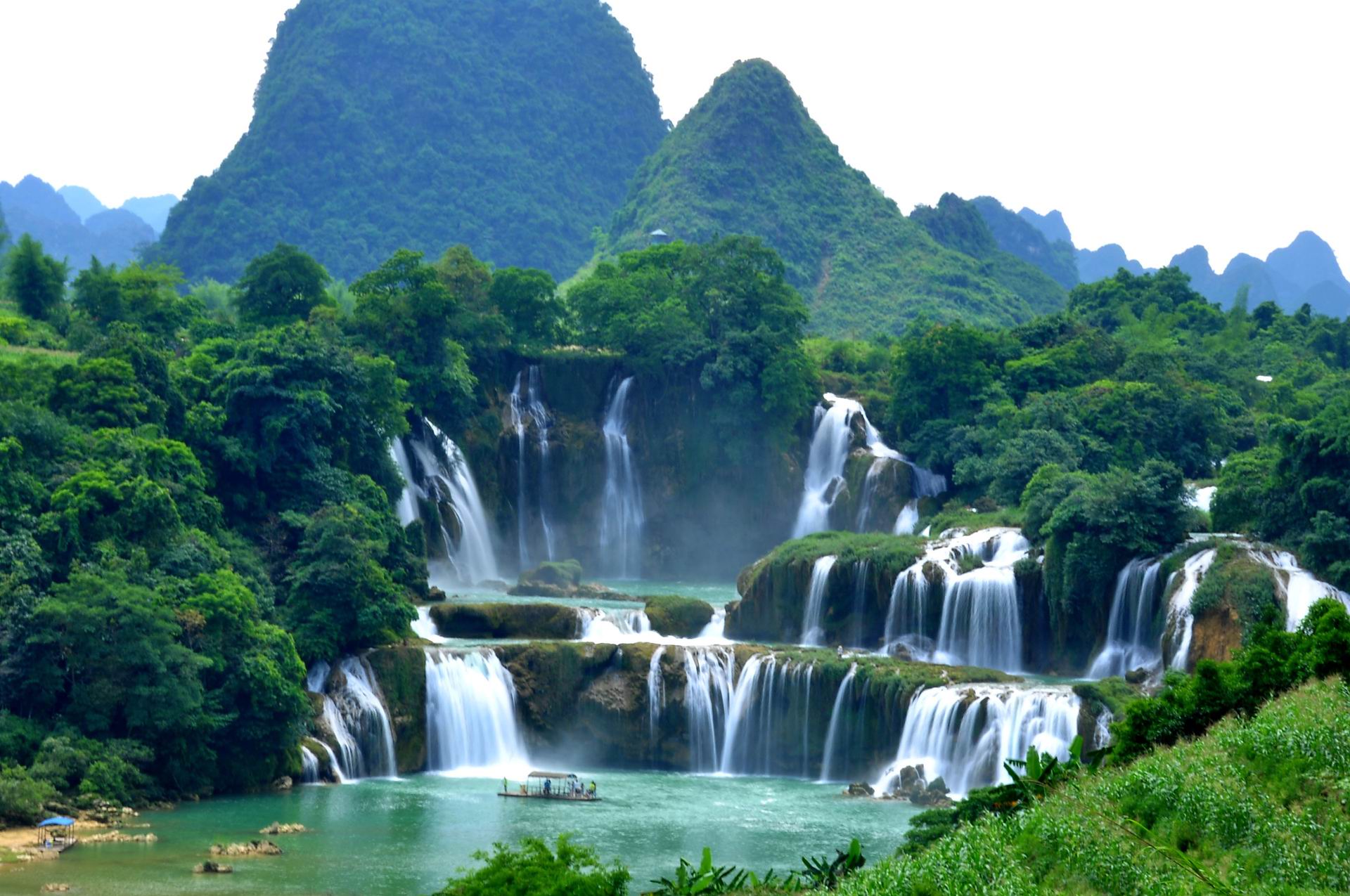
So go ahead and book your trip to Vietnam today!## FAQs
1. Is it safe to travel to Vietnam?
Vietnam is generally a safe country to travel to. However, travelers should take common-sense precautions to ensure their safety.
2. What is the best time of year to visit Vietnam?
The best time to visit Vietnam is from November to April, when the weather is dry and cool.
3. Do I need a visa to travel to Vietnam?
It depends on your country of origin. Some countries are exempt from obtaining a visa, while others may require a visa on arrival or a pre-approved visa.
4. What is the currency in Vietnam?
The currency in Vietnam is the Vietnamese Dong (VND).
5. What are some popular souvenirs to buy in Vietnam?
Some popular souvenirs to buy in Vietnam include:
- Ao Dai (traditional Vietnamese dress)
- Lacquerware
- Silk products
- Handicrafts such as pottery and wood carvings
- Conical hats (non la)
- Coffee and tea
- Local snacks and treats
Travelers can find these souvenirs at markets and shops throughout Vietnam, including the Old Quarter in Hanoi and the Night Market in Ho Chi Minh City. When buying souvenirs, it’s important to bargain with the vendors to get a fair price.


